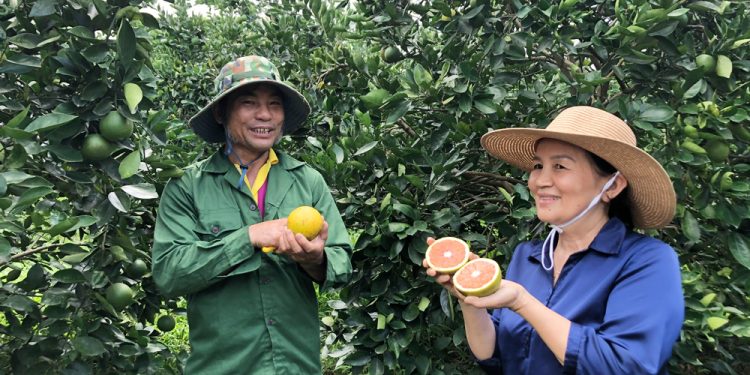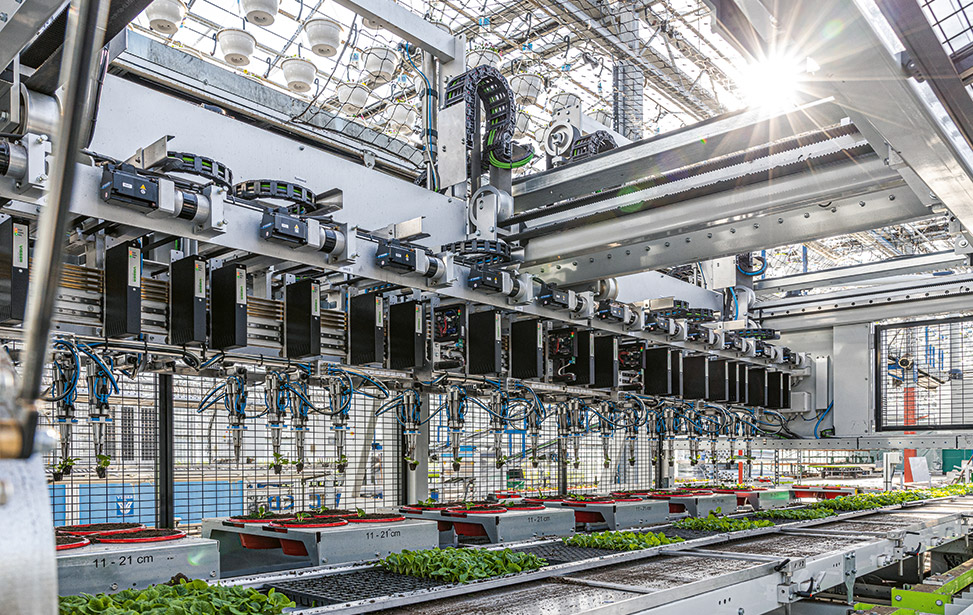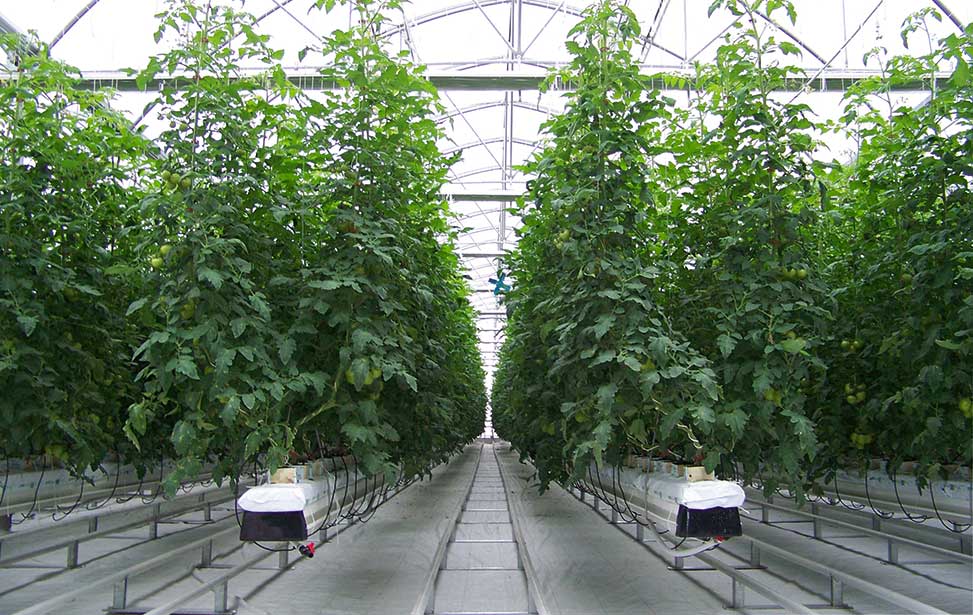#Camcara #greenhousefarming #protectedagriculture #highyields #agriculturalinnovation #LâmĐồng #sustainablefarming #citruscultivation #economicviability #agriculturalsuccessstory
Cam cara, renowned for its sweet-tangy flavor and distinctive deep red pulp, has become a symbol of Lâm Đồng’s agricultural excellence. What sets it apart is its remarkable ability to thrive within greenhouses, and Mr. Lê Văn Tuấn’s story serves as a testament to this unique endeavor.
Six years ago, Mr. Lê Văn Tuấn’s life took a turn when Mr. Mai Viết Phương, a Vietnamese-Australian farmer, visited his family’s land. Recognizing the potential of the soil and climate for cam cara cultivation, Mr. Phương generously shared both seeds and expert cultivation techniques with Mr. Tuấn’s family.
Cam cara stands out from other citrus fruits due to its suitability for greenhouse cultivation, making it an ideal candidate for protected agriculture. According to Mr. Tuấn, “Cam trees in greenhouses grow rapidly, bearing fruit in just two years. Three years in, and our family’s livelihood revolves around these thriving trees. Today, our six-year-old cam trees are robust, bearing fruit year-round, a stark contrast to outdoor-grown cam.”
The advantages of greenhouse-grown cam cara are evident when you witness the harvest from Mr. Lê Văn Tuấn’s orchard. Unlike smaller-sized cam fruits, greenhouse-grown cam cara averages 350 grams per fruit, with three to four fruits making up a kilogram. The vivid red color and rich sweet-tangy flavor are preserved when you slice the fruit. Furthermore, this method of cultivation minimizes the impact of pests, reducing the need for excessive pesticide use.
Greenhouse-grown cam cara boasts a 30% higher growth rate compared to outdoor cultivation, and the plants require significantly less water. According to Mr. Tuấn, during dry spells, the cam trees need to be watered twice a week, while they require no additional watering during rainy seasons. These plants thrive on organic fertilizers, which improve soil texture and root development, resulting in superior yields.
Currently, Mr. Tuấn’s six-hectare cam cara orchard yields an average of 150 kg of fruit per tree, totaling nearly 400 tons annually. With more than 300 trees, he earns approximately 50,000 Vietnamese dong per kilogram, and after deducting expenses, he enjoys an annual income of roughly 500 million dong. This profitability has encouraged him to expand his greenhouse cam cara plantation, adding another four hectares.
After a few more years, once these young trees mature, he anticipates harvesting 60 tons of cam per year. Mr. Tuấn emphasizes that compared to other fruit trees, cam cara is easy to cultivate, requires minimal investment, and provides a quick return on investment. The initial investment for a greenhouse cam cara plantation is around 17-20 million dong per hectare, including seeds, which cost approximately 225-250 thousand dong per tree. In less than five years, the investment can be fully recouped, and cam cara trees can bear fruit for up to 25 years.
The geographical uniqueness of the region, being in the highland area, insulates cam cara from competition with other citrus varieties, ensuring stable prices over the years. Since cam cara yields fruit year-round, particularly during the lunar new year season, farmers like Mr. Tuấn have a consistent and lucrative income stream.
It’s worth noting that Mr. Lê Văn Tuấn’s cam orchard benefits from the direct transfer of expertise and high-quality seedlings from Mr. Mai Viết Phương. Consequently, many farmers from Lâm Đồng and neighboring provinces visit to learn from this thriving greenhouse model. Mr. Tuấn’s orchard has also been recognized by the Lâm Đồng Department of Agriculture and Rural Development as a high-quality cam cara source for seedlings, ensuring healthy, disease-free trees for expansion projects across the Central Highlands.
In conclusion, the success of cam cara greenhouse farming in Đơn Dương, Lâm Đồng, exemplifies the tremendous potential of protected agriculture in transforming the livelihoods of farmers and contributing to regional agricultural development. With its impressive yields, low maintenance requirements, and high market demand, cam cara offers a promising future for farmers and the agricultural industry in the region.











